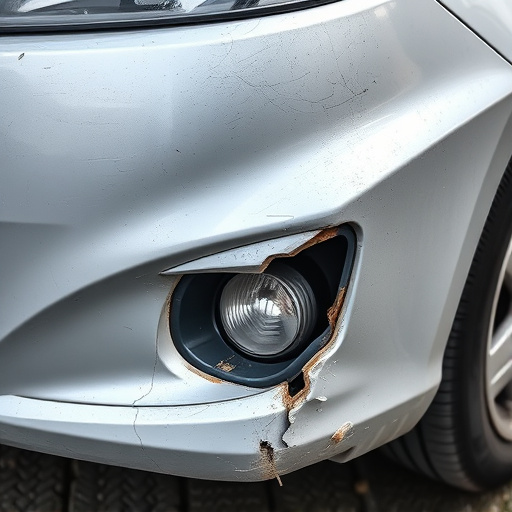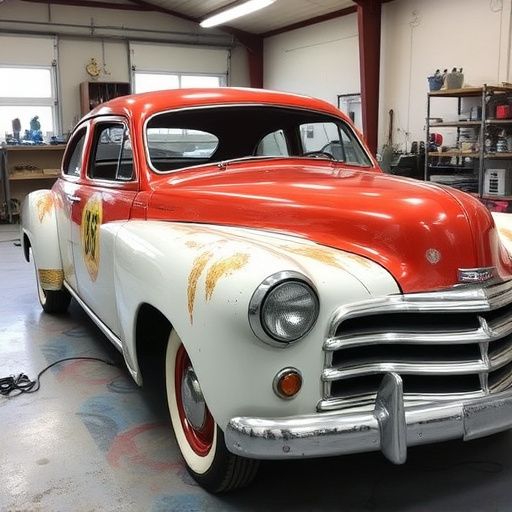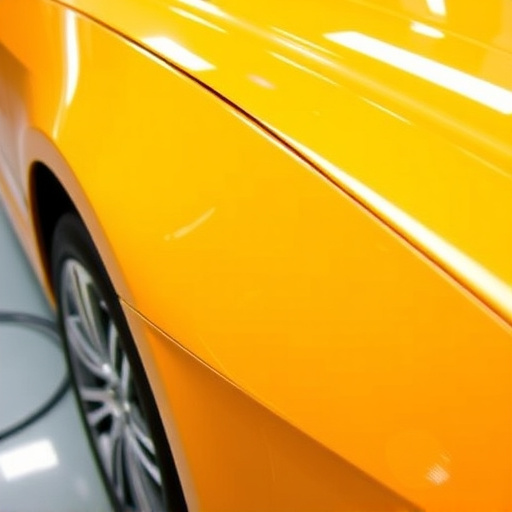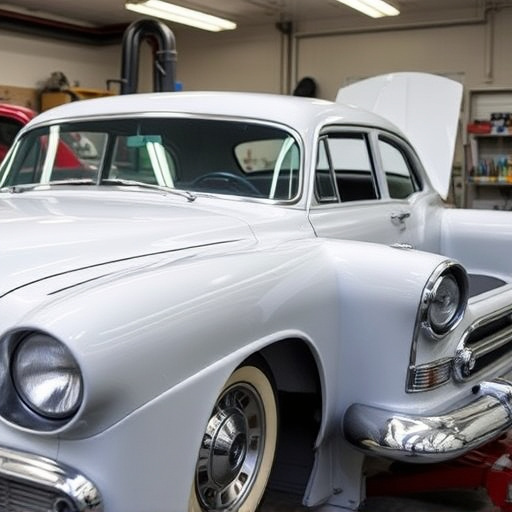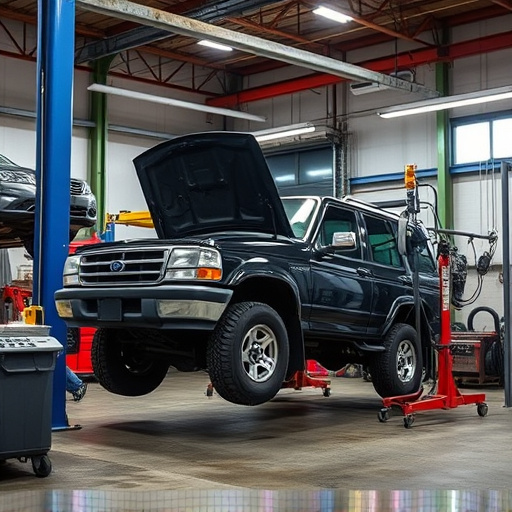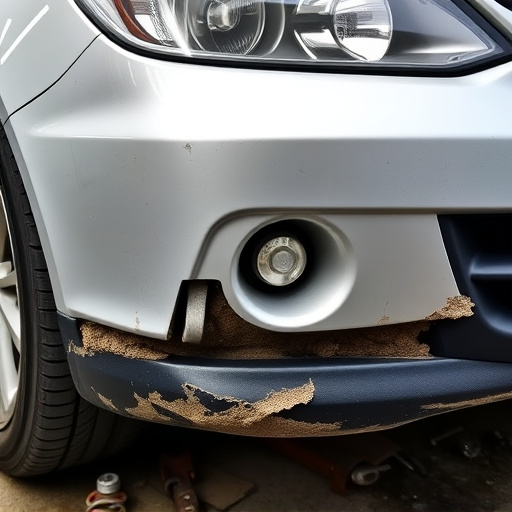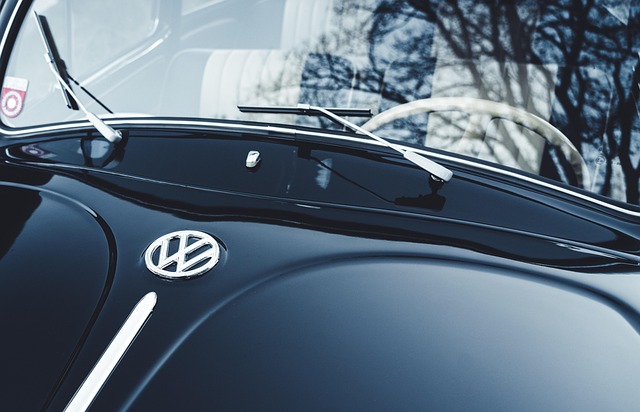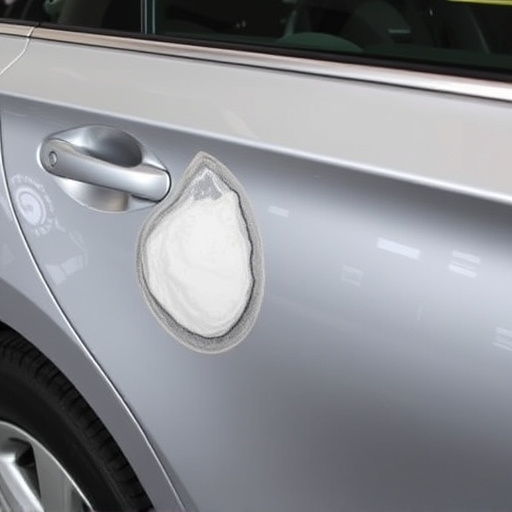Waterborne paint technology offers a sustainable, efficient solution for auto shops, reducing VOCs, adhering to regulations, and enhancing workflow convenience without sacrificing quality. Its versatility, superior coverage, durability, low odor, and fast drying times make it a game-changer. Adopting this technology improves productivity, profitability, and environmental sustainability, attracts eco-conscious customers, and ensures long-term success in the automotive industry.
Waterborne paint technology is transforming the automotive and industrial coating industry, offering numerous advantages for shops seeking to enhance their operations. This innovative approach provides superior performance, reduced environmental impact, and improved worker safety compared to traditional solutions.
This article will guide you through understanding the benefits of waterborne paint, a step-by-step integration process, and how to measure the success and results of adopting this cutting-edge technology for your shop’s long-term growth.
- Understanding Waterborne Paint Advantages for Your Shop
- Integrating Waterborne Technology: A Step-by-Step Guide
- Measuring Success: Benefits and Results of Adopting This Technology
Understanding Waterborne Paint Advantages for Your Shop
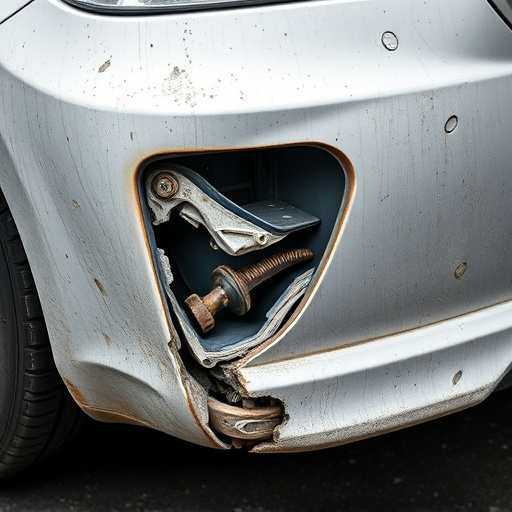
Waterborne paint technology offers a range of benefits that can significantly enhance your shop’s operations and customer satisfaction. Firstly, it is known for its superior environmental friendliness compared to traditional solvent-based paints. By using water as the primary carrier, this technology reduces volatile organic compounds (VOCs), leading to lower emissions and improved indoor air quality during application. This shift towards eco-friendly practices can appeal to environmentally conscious customers and even comply with stricter regulatory standards.
Moreover, waterborne paint provides excellent coverage and durability for car bodywork services and collision repair work. Its low-odor and fast-drying properties make it convenient for tire services and other shop operations, ensuring a smoother workflow without compromising quality. The versatility of this technology allows for easy application on various surfaces, making it a game-changer in the industry and a valuable asset to any modern automotive shop.
Integrating Waterborne Technology: A Step-by-Step Guide
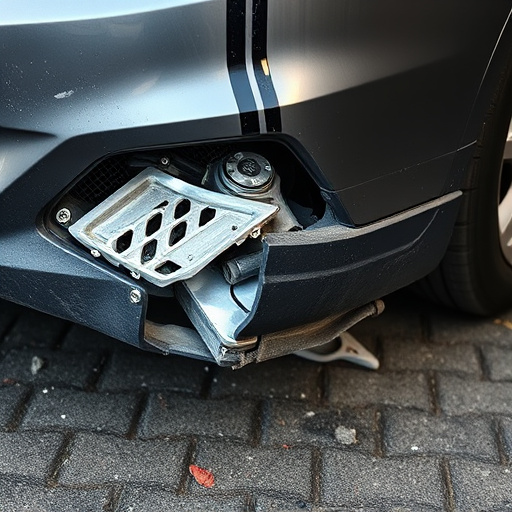
Integrating waterborne paint technology into your auto repair shop or vehicle body repair business can significantly enhance your operations and customer satisfaction. Here’s a step-by-step guide to help you navigate this transition:
1. Assess Your Needs: Begin by evaluating your current painting processes. Identify pain points, such as the type of paints used, environmental impact, and application efficiency. Research waterborne paint technology and understand its advantages in terms of reduced emissions, faster drying times, and superior durability for both automotive restoration and general vehicle body repair work.
2. Choose the Right Waterborne Paint: Select a high-quality waterborne paint designed specifically for auto repair applications. Look for paints that offer excellent colour retention, resistance to chipping and fading, and compatibility with various substrates. Ensure the manufacturer provides clear guidelines on application, mixing ratios, and surface preparation requirements.
3. Invest in Equipment: Purchase or upgrade your equipment to support waterborne painting. This includes low-pressure spray guns, appropriate filters, and a well-ventilated booth. Ensure your equipment is compatible with waterborne paints and can handle the specific requirements of this technology.
4. Train Your Staff: Educate your team on waterborne paint systems, including safe handling procedures, mixing techniques, and application methods. Proper training ensures consistent quality and reduces the risk of errors or accidents during the painting process.
5. Implement and Test: Start implementing the new waterborne paint technology on a trial basis with select projects. This allows you to gather feedback, identify any challenges, and refine your processes before fully adopting the new system. Pay close attention to customer satisfaction and the quality of finished repairs.
Measuring Success: Benefits and Results of Adopting This Technology
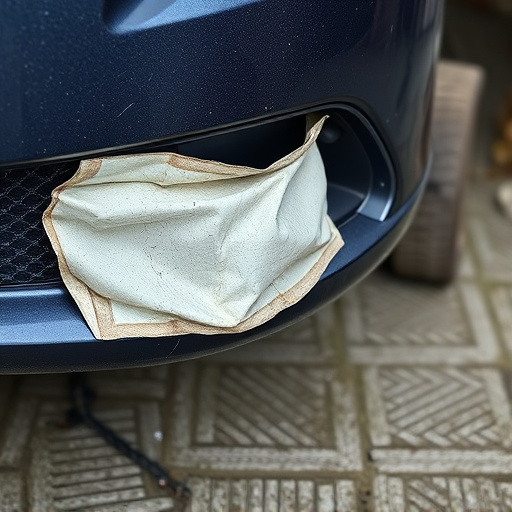
Adopting waterborne paint technology offers tangible benefits that can significantly boost your shop’s success and productivity. Measuring success isn’t merely about the number of cars painted; it’s the quality, efficiency, and environmental impact. This innovative technology delivers superior painting results, ensuring a smoother finish with fewer defects compared to traditional paints. It also reduces drying times, allowing for faster turnaround and increased capacity, which is crucial for tire services and car body restoration businesses.
Moreover, waterborne paint is eco-friendly, as it contains less volatile organic compounds (VOCs) than conventional paints, contributing to cleaner air during the painting process. This is not just a trend but a game-changer in the automotive industry, especially for shops offering frame straightening services. By embracing this technology, you can attract environmentally conscious customers and stay ahead of the competition, ensuring your shop’s long-term success.
Waterborne paint technology offers a transformative opportunity for shops to enhance their operations and gain a competitive edge. By adopting this innovative approach, businesses can expect improved environmental conditions, reduced VOC emissions, and enhanced product quality. The transition process, detailed in our step-by-step guide, ensures a smooth transformation. Ultimately, measuring the success of integrating waterborne paint technology yields significant benefits, including increased efficiency, improved customer satisfaction, and a more sustainable future for your shop.
